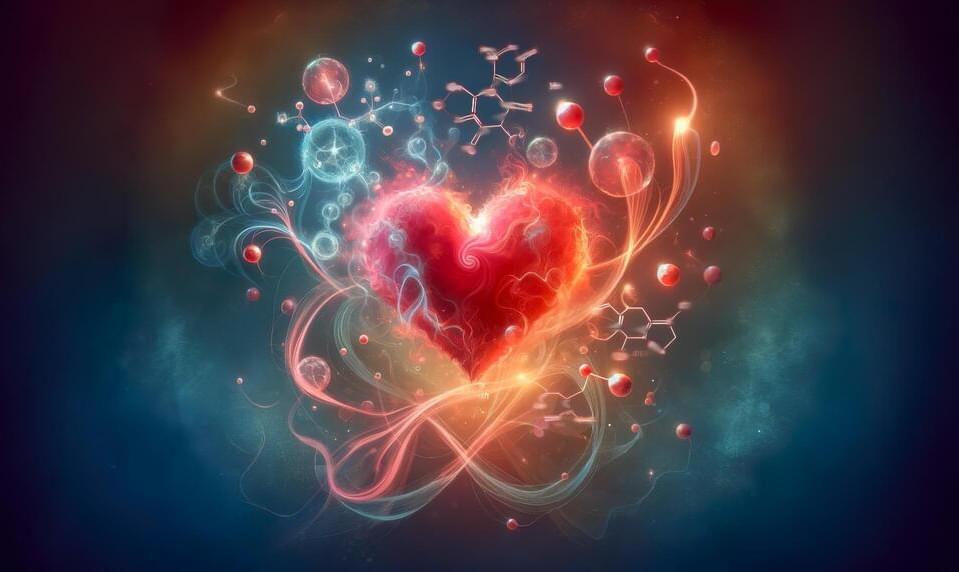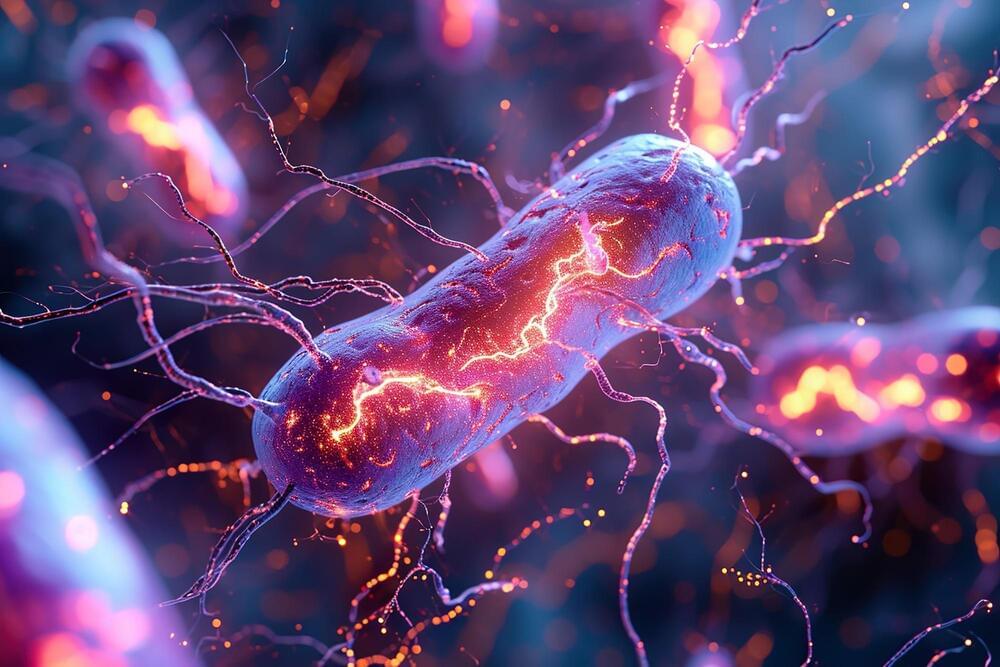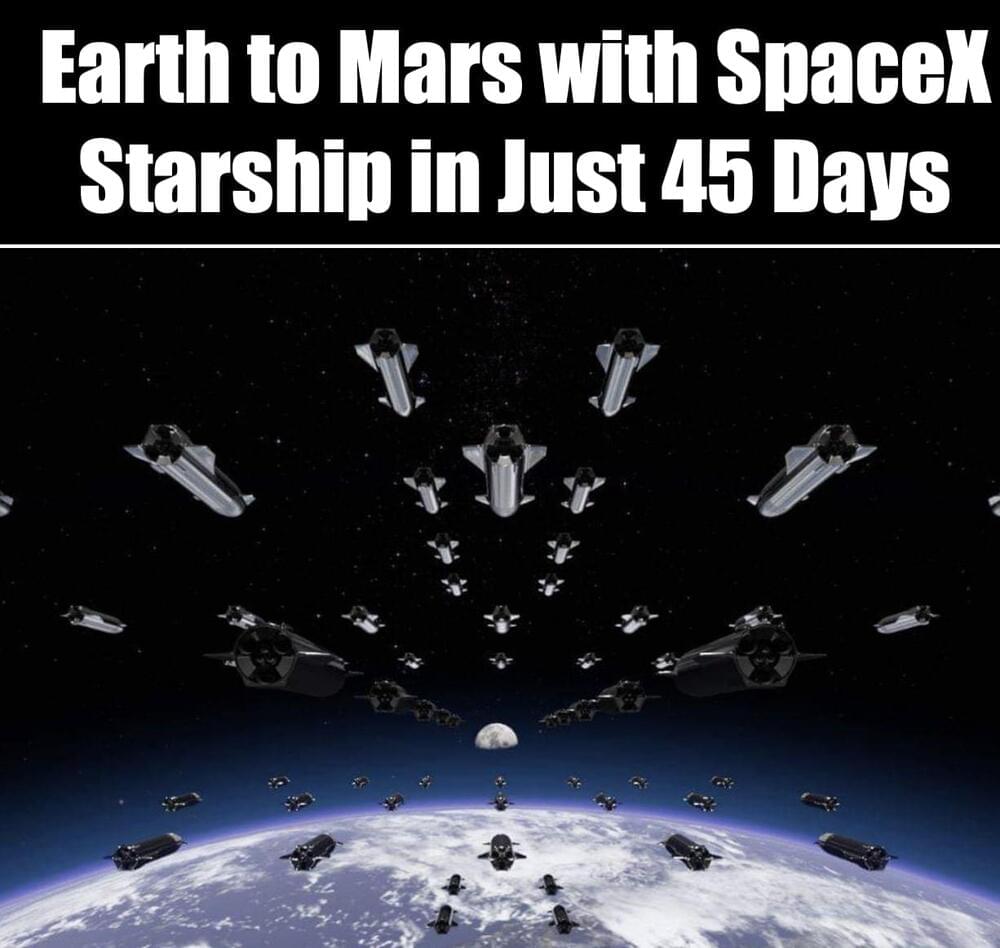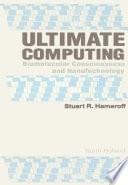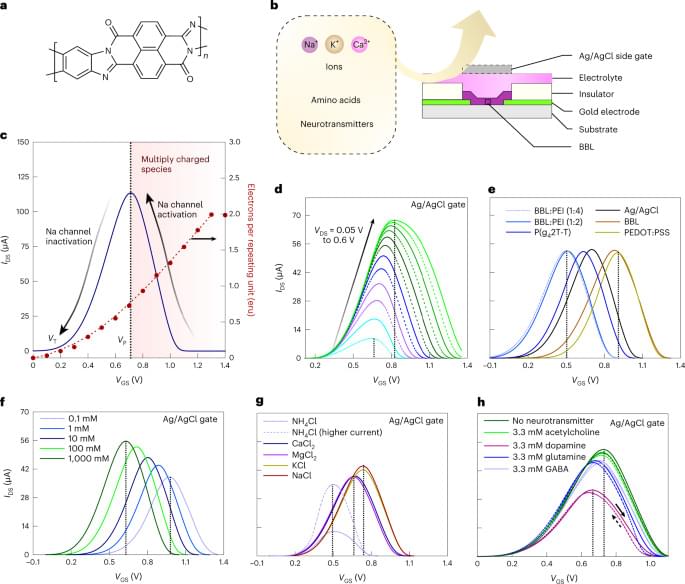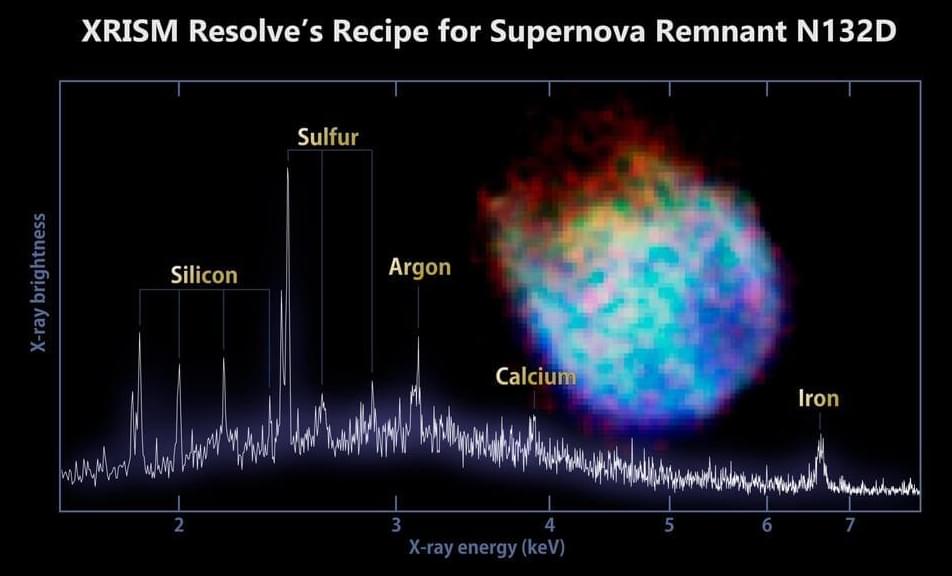Jan 22, 2024
Unlocking the Secrets of Love — Neuroscientists Have Identified the “Chemical Imprint of Desire”
Posted by Saúl Morales Rodriguéz in categories: biological, chemistry, neuroscience
When you get in the car to see your significant other for dinner, your brain’s reward center is likely flooded with dopamine, a hormone also associated with cravings for sugar, nicotine, and cocaine. This rush of dopamine motivates you to navigate through traffic to maintain that special connection. However, if the dinner is with just a work colleague, this intense flood of dopamine may be reduced to a mere trickle, according to recent research conducted by neuroscientists at the University of Colorado Boulder.
“What we have found, essentially, is a biological signature of desire that helps us explain why we want to be with some people more than other people,” said senior author Zoe Donaldson, associate professor of behavioral neuroscience at CU Boulder.
